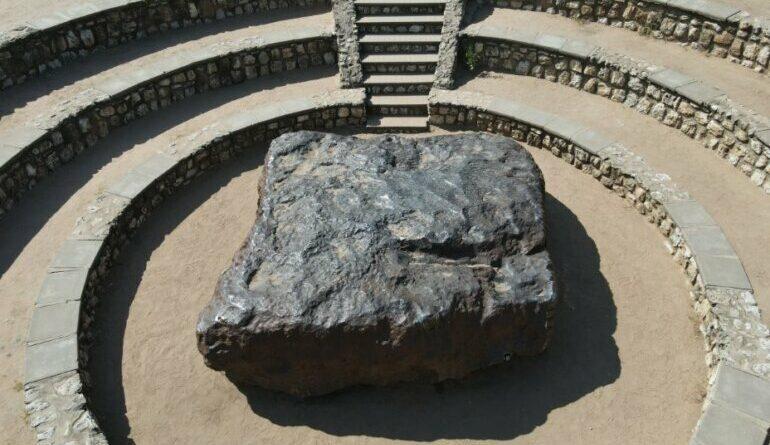What is Astro Tourism?
The University of Utah describes Astro Tourism as follows:
“Astronomical tourism, or “Astro-tourism,” is a form of nature-based tourism specifically concerned with the viewing of celestial objects, space and the physical universe. Astronomy-based recreation and tourism are not only growing in popularity nationally, but offer opportunities for sustainable economic and community development.”
The potential of this fast-growing tourism activity has also been recognized in Southern Africa. This is evident in the article “SA shoots for the stars with astro-tourism strategy”
In neighbouring Namibia the Hoba Meteorite is one of the “celestial objects” worth visiting!
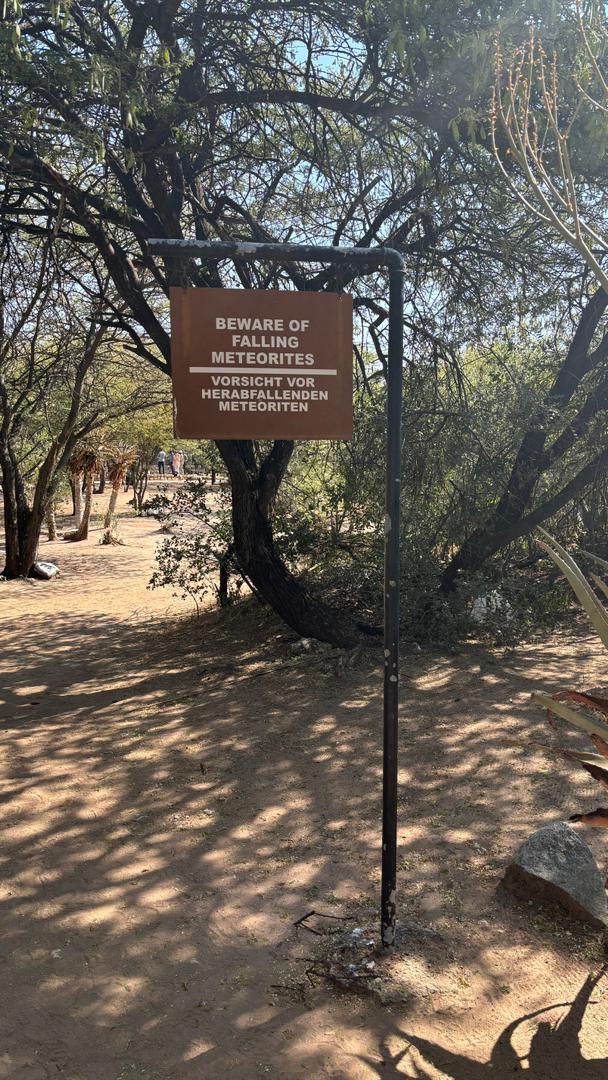
We found the following info about the Hoba Meteorite:
Location of the Hoba Meteorite
The Hoba (/ˈhoʊbə/ HOH-bə) meteorite, short for Hoba West, is a meteorite that lies on the farm of the same name, not far from Grootfontein, in the Otjozondjupa Region of Namibia. It has been uncovered but, because of its large mass, has never been moved from where it fell. The main mass is estimated at more than 60 tonnes. It is the largest known intact meteorite (as a single piece) and about twice as massive as the largest fragment of either the Cape York meteorite (the 31-tonne Ahnighito) or the Campo del Cielo (the 31-tonne Gancedo). It is also the most massive naturally occurring piece of iron (actually ferronickel) known on Earth’s surface. The name “Hoba” comes from Khoekhoegowab word meaning “gift”. It has now become an attractive tourist destination.
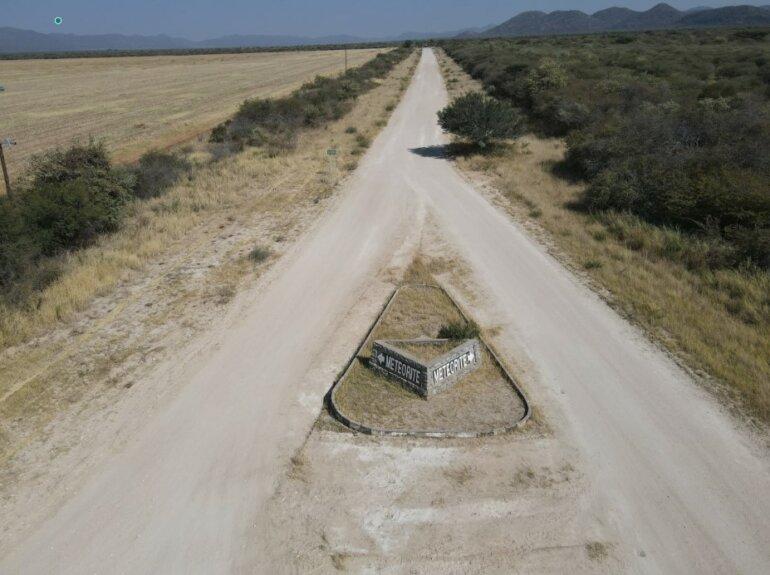
The Hoba meteorite impact is thought to have occurred more recently than 80,000 years ago. It is inferred that the Earth’s atmosphere slowed the object to the point that it impacted the surface at terminal velocity, thereby remaining intact and causing little excavation. Assuming a drag coefficient of about 1.3, the meteor would have been slowed to about 720 miles per hour (0.32 km/s) from its speed on entering the Earth’s atmosphere, typically in excess of 10 km/s for similar objects. The meteorite is unusual in that it is flat on both major surfaces.
The Hoba meteorite left no preserved crater and its discovery was a chance event. In 1920, the owner of the land, Jacobus Hermanus Brits, encountered the object while ploughing one of his fields with an ox. During this task, he heard a loud metallic scratching sound and the plough came to an abrupt halt. The obstruction was excavated, identified as a meteorite and described by Mr. Brits, whose report was published in 1920 and can be viewed at the Grootfontein Museum in Namibia.
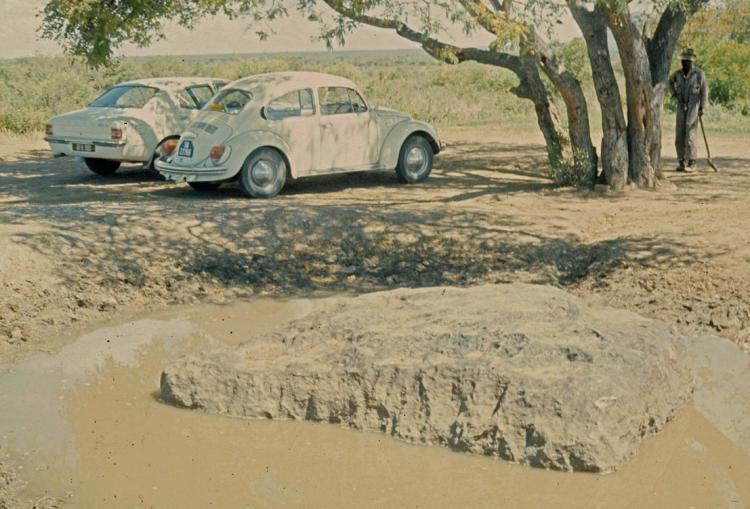
Friedrich Wilhelm Kegel took the first published photograph of the Hoba meteorite.
Hoba is a tabloid body of metal, measuring 2.7×2.7×0.9 metres (8.9×8.9×3.0 ft). In 1920 its mass was estimated at 66 tonnes. Erosion, scientific sampling and vandalism reduced its bulk over the years. The remaining mass is estimated at just over 60 tonnes. The meteorite is composed of about 84% iron and 16% nickel, with traces of cobalt. It is classified as an ataxite iron meteorite belonging to the nickel-rich chemical class IVB. A crust of iron hydroxides is locally present on the surface, owing to weathering.
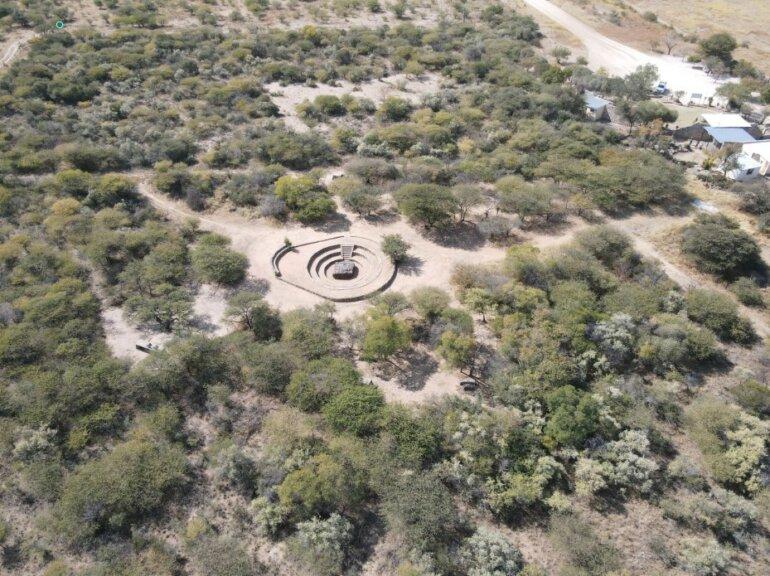
In an attempt to control vandalism and with permission from Mrs. O. Scheel, the owner of the farm at the time, the government of South West Africa (now Namibia) on March 15, 1955, declared the Hoba meteorite to be a national monument. In 1979 the proclamation was changed to include not only the meteorite but also 25 m x 25 m land on which it is situated. In 1985 Rössing Uranium Ltd. made resources and funds available to the Namibian government to provide additional protection against vandalism.

In 1987 Mr. J. Engelbrecht, the owner of Hoba West farm, donated the meteorite and the site where it lies to the state for educational purposes. Later that year, the government opened a tourist centre at the site. As a result of these developments, vandalism of the Hoba meteorite has ceased and it is now visited by thousands of tourists every year.

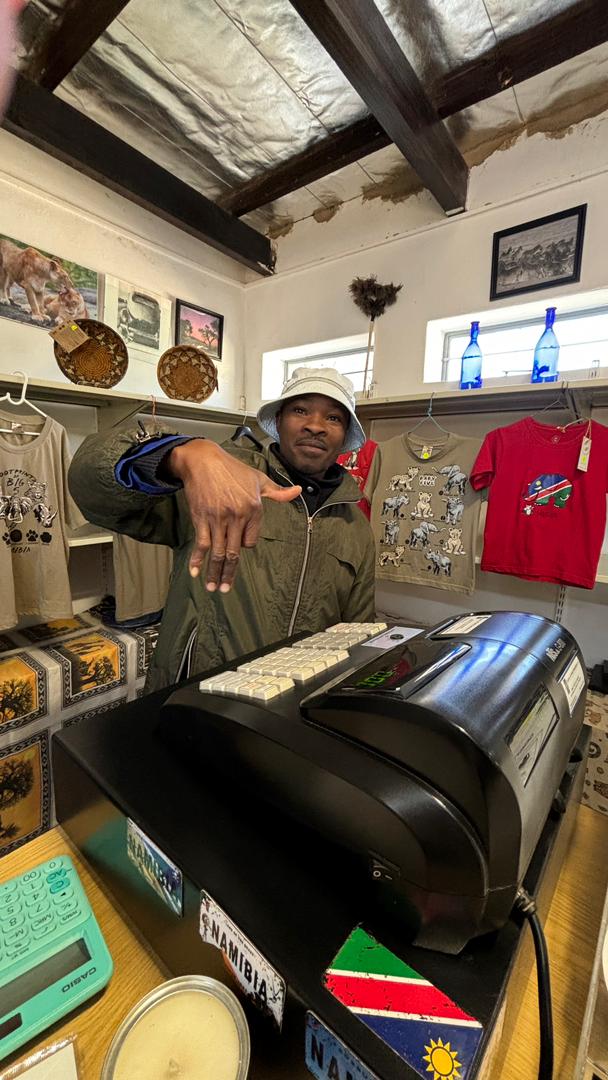
In 1920, in Namibia, a farmer, while wandering near a farm, noticed a large dark rock and sat down on it. Scratching it, he realizes that underneath it is shiny and shiny, so he takes off a piece and had it analyzed.
At the SWA Maatskappy in Grootfontein they establish that it… pic.twitter.com/EQTr8Au1uY
– Brian Roemmele (@BrianRoemmele) January 27, 2024
Pic for the Day: The Hoba (/ˈhoʊbə/ HOH-bə) meteorite, short for Hoba West, is a meteorite that lies on the farm of the same name, not far from Grootfontein, in the Otjozondjupa Region of Namibia. #NamibiaTourism #Meteorite #HobaMeteorite pic.twitter.com/lheIdIQguX
– Arrive Alive (@_ArriveAlive) June 3, 2024
Also view:
Astro tourism and eco-tourism could contribute to community development
Promoting tourism in Namibia’s communal conservancies

